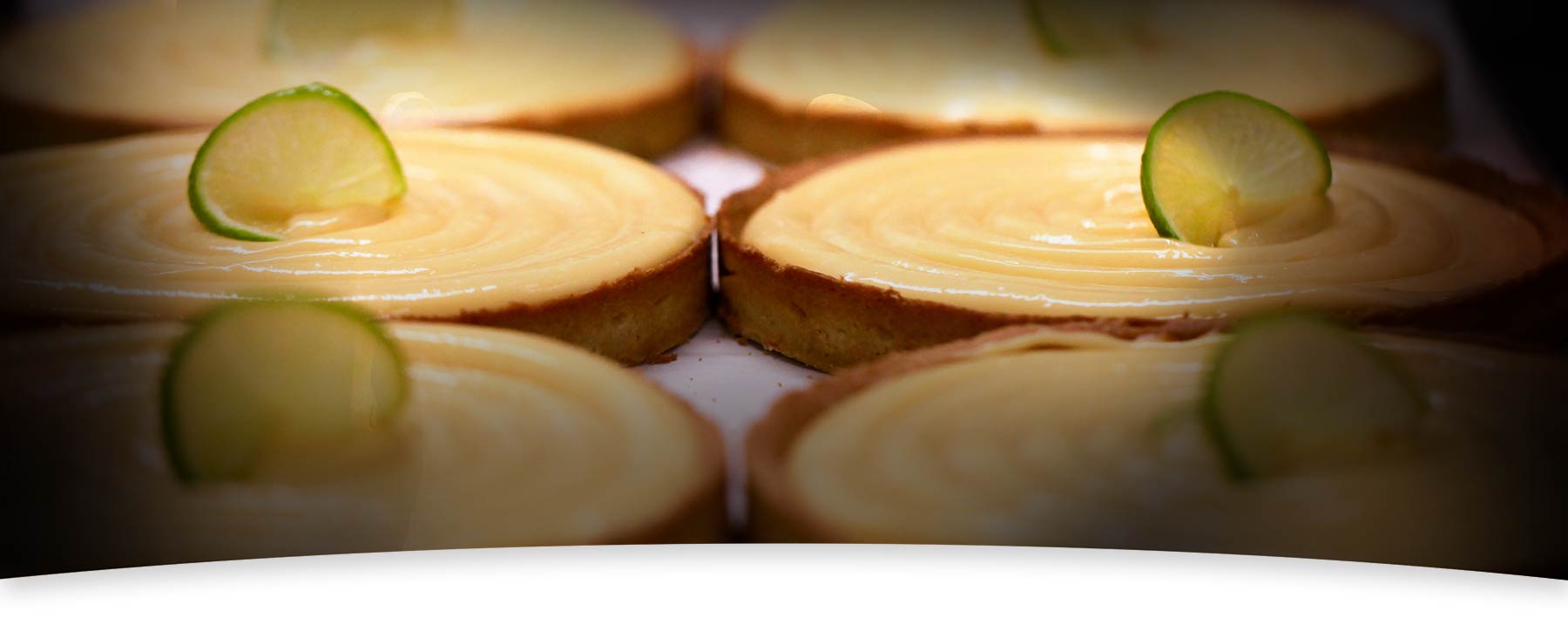
DID YOU KNOW?
MEANING OF “LE FOURNIL DE SÉBASTIEN”
SÉBASTIEN’S BAKERY, is what “LE FOURNIL DE SÉBASTIEN” means. A fournil is the part of the bakery where the bakers work, behind the shop.
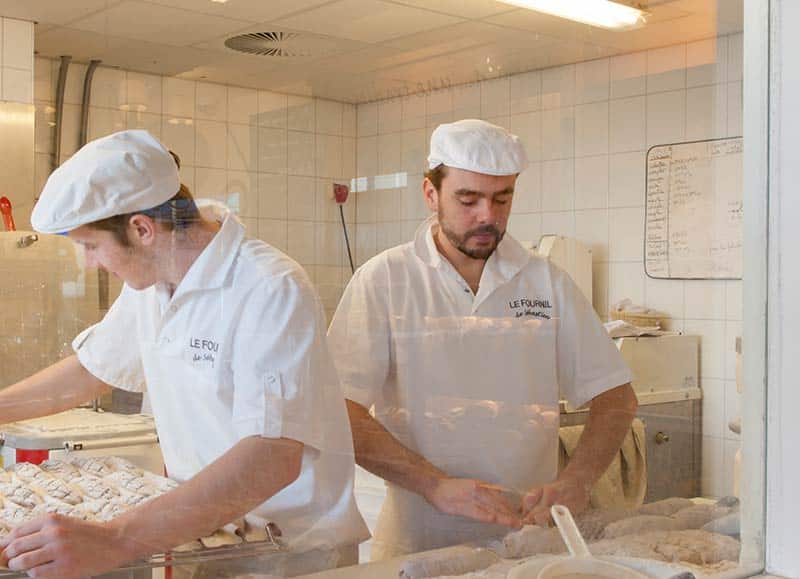
SOURDOUGH BREAD
All my bread is made with a natural liquid sourdough base. This sourdough is homemade and refreshed daily to keep its flavours intact. >> Read more
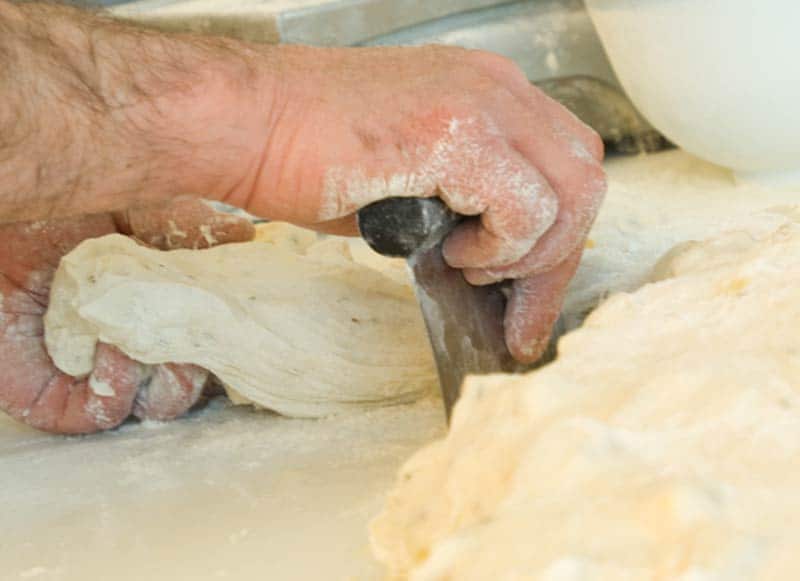
CARBOHYDRATES
All types of cereals (wheat, rye, spelt,..) contain carbohydrates. If you want to cut down on the number of carbohydrates, then rye bread is for you. Using sourdough lowers the glycemic index in bread, which means that the carbohydrates are released more slowly into the blood stream. The advantage of this slow diffusion is that it helps your body to avoid cravings and stop storing carbohydrates as fats.

Gluten
Gluten are proteins which are naturally found in certain cereals such as wheat, rye or even spelt. The gluten is naturally present in the flour and is an essential element in the bread-making process, giving the dough its elasticity. For people who find it hard to digest these proteins, sourdough bread is a good choice. This is because, during the dough’s long fermentation time (18 to 24 hours), the sourdough breaks down part of the gluten and makes the bread easier to digest.
I do not make gluten-free bread. In order to make this kind of bread, I would need a dedicated building, with a dough kneading machine and an oven that are used solely for gluten-free bread that is not in contact with other flours in the bakery. Unfortunately , this is just not possible in my bakery.
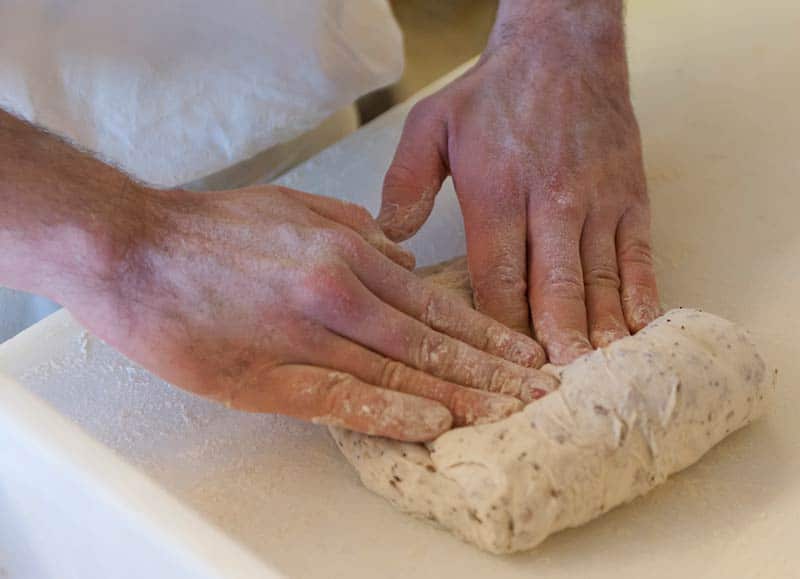
HOLES IN THE BREAD
The fermentation of the sourdough is a natural process, which forms randomly-shaped holes inside the bread. This type of bread is not suitable for cutting into thin slices. It’s better to slice it more thickly.
KEEPING BREAD FRESH
If you want to eat your bread within two days of purchase, the best thing is to leave it in its packaging on the work surface in your kitchen. You can also wrap it in a clean cloth to protect it from the air. This will keep it from going dry. Another method is to freeze the bread and to take it out one or two hours prior to eating it. You could even put the bread in a warm oven for a short time to make it nice and crusty again.
Warning: bread is a natural product. In damp weather it will go soft and in dry weather it will go dry more quickly. A handy tip when the bread is too soft, is to put it in a hot oven for a short time and the humidity will evaporate. In dry weather, cover up the bread so that the humidity does not evaporate too quickly.
KEEPING CROISSANTS FRESH
Croissants are best kept in their paper packaging on your work surface in the kitchen. Do not store them away in anything else as this will make them go soft. If you would like to keep them for more than two days, you can freeze them. Before eating,you could heat them a little in the oven to make them nice and crispy again.

KEEPING TARTS AND TARTLETS FRESH
Tarts/tartlets should be kept in the refrigerator (except for macarons, Basque cakes and small pear tarts which should be kept at room temperature). If you do this, they will keep for two to three days, except for red fruit ones. Red fruits have a high water content and this makes the pastry go soggy. Ideally, tarts or tartlets with strawberries, raspberries and blackberries should therefore be eaten on the day of purchase.

KEEPING MADELEINES FRESH
Madeleines, like other small cakes, are best kept in a plastic bag or a tightly- closed tin. If they get too much exposure to the air, they will go dry.
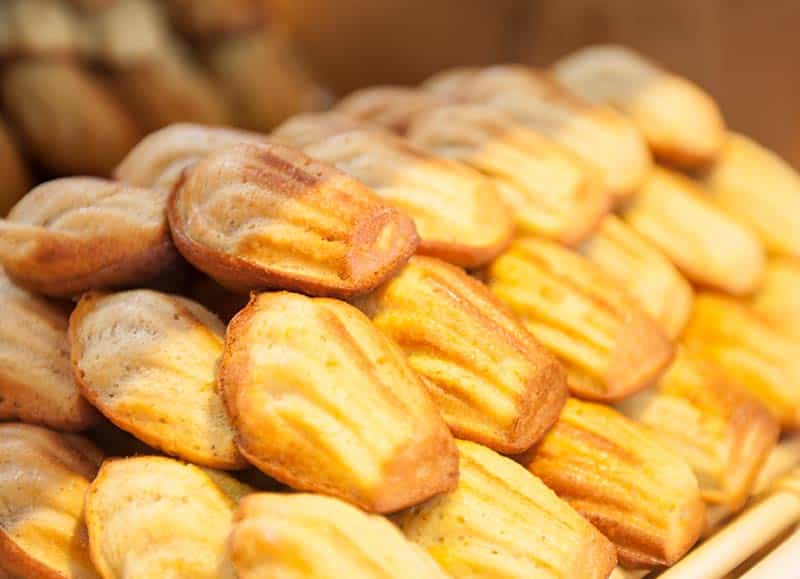
Olympiaplein 119
1077 CW Amsterdam
Tel.: 020-6724211
Open from Monday to Saturday:
7 am to 7 pm.
Gijsbr. van Amstelstraat 131
1214 AW Hilversum
Tel.: 035-6210602
Open from Monday to Saturday:
7 am to 7 pm.
Amsterdamseweg 189
1182 GV Amstelveen
Tel.: 020-8232412
Open from Monday to Saturday:
7.30 am to 7pm.
